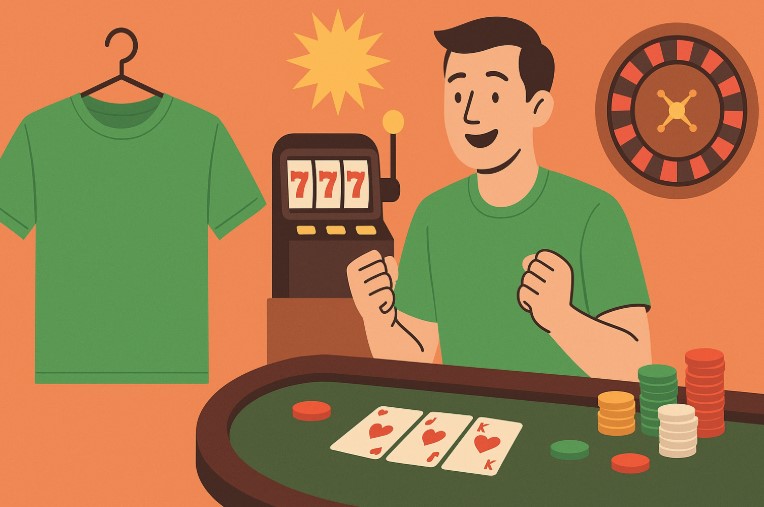
The COVID-19 pandemic didn’t just disrupt cricket schedules—it reshaped the way the game was played. To ensure tournaments went ahead safely, the cricketing world embraced the concept of bio-bubbles—secure environments where players, staff, and officials lived in isolation from the outside world. While bio-bubbles allowed cricket to return during uncertain times, they also created an invisible opponent: mental fatigue. For cricketers, being locked away from families, fans, and normal life took a significant toll on their mental health.
The Rise of the Bio-Bubble Era
When international cricket resumed in mid-2020, strict safety protocols were introduced. Players had to stay confined to hotels, with regular testing and zero interaction with outsiders.
On the surface, it ensured the game went on. Behind the scenes, however, players endured months of monotonous routines—wake up, practice, play, return to the hotel, repeat.
This lack of freedom might sound minor, but for athletes used to traveling, meeting people, and enjoying downtime, the restrictions were overwhelming.
Why Mental Health Became a Bigger Concern
- Isolation from Family: Some players went months without meeting loved ones, creating feelings of loneliness and disconnection.
- Repetitive Environment: Staying within the same hotel walls day after day caused mental stagnation.
- Pressure of Performance: Even while mentally drained, cricketers were expected to perform at the highest level.
- Fear of COVID: The constant testing and underlying fear of contracting the virus added an extra layer of anxiety.
For many, the bio-bubble experience felt like a mental battle as challenging as the game itself.
Cricketers Speaking Out
Several high-profile players openly acknowledged the strain of bubble life:
- Ben Stokes (England): Took a break from cricket citing mental health fatigue caused partly by bubble environments.
- Glenn Maxwell (Australia): Spoke about how extended isolation periods impacted his well-being.
- Virat Kohli (India): Highlighted how draining the bio-bubble system was, stressing that players are “human beings, not robots.”
- Kagiso Rabada (South Africa): Mentioned the mental toll of being locked away during long tours.
These admissions broke the stigma around mental health, encouraging honest conversations within the sport.
Impact on Performance
Mental fatigue doesn’t just affect emotions—it directly impacts performance on the field.
- Concentration Levels: Long stays in bubbles led to lapses in focus during games.
- Motivation Dips: Players sometimes admitted struggling to “get up” for matches without crowds or outside stimulation.
- Increased Burnout: Constant bio-bubbles, combined with heavy schedules, made burnout a common occurrence.
Cricket, a sport that demands mental toughness as much as physical skill, was deeply shaken by these challenges.
The Role of Boards and Support Systems
Recognizing the crisis, cricket boards and franchises began taking measures:
- Mental Health Professionals: Teams included psychologists to help players cope.
- Rotation Policies: Allowing players to skip certain tours to avoid bubble fatigue.
- Flexible Contracts: Understanding and respecting personal choices when players opted out.
- Wellness Activities: Introducing gaming rooms, indoor sports, and other leisure options inside bubbles to break monotony.
While these steps helped, the reality remained—extended confinement was never easy.
Fans and the Bio-Bubble Disconnect
Fans, too, noticed the difference. Cricket without crowds felt strange, and many wondered how players managed motivation in empty stadiums. What fans often didn’t see was the unseen emotional weight carried by players who missed the energy of live support.
It highlighted that the relationship between players and fans isn’t just about entertainment—it’s also about emotional exchange.
Beyond the Pandemic – Lasting Lessons
Although strict bio-bubbles are no longer common, the lessons from that period remain vital:
- Prioritizing Mental Health: Cricketers speaking openly has normalized discussions around anxiety, depression, and stress.
- Balanced Scheduling: Boards are rethinking overly packed calendars to reduce burnout.
- Awareness Among Fans: Supporters now better understand that players face emotional challenges beyond what’s visible on the field.
In the long run, the bubble era might be remembered less for its restrictions and more for its role in breaking down mental health stigmas in cricket.
Conclusion
The bio-bubble era was one of the toughest tests for cricketers—not of bat and ball, but of mind and spirit. While it allowed cricket to continue during uncertain times, it also highlighted the urgent need to prioritize mental well-being in professional sport.
Cricket boards, players, and fans have all learned that mental resilience is just as important as physical fitness. The experience has left the cricketing world more empathetic, more open, and more supportive of those who struggle silently.
For fans who want to follow stories around cricket’s evolution—both on and off the field—resources like the Kheloexch ID provide regular insights. And if you’re looking for personalized updates and access, creating a Kheloexch99 Register profile ensures you stay connected with the human side of the game as much as the competitive side.









